The Farmhouse
The farmhouse, built in 1855, is owned by Cedar Ridge Community Church. It is home to our racial justice reading room, and provides food preparation and storage space for our community farm, which grows food for our hungry neighbors. In addition, the farmhouse serves as a peaceful place for discussion and reflection.
History of the Farm
Although there appears to be no evidence of indigenous settlements in this immediate area, the Piscataway People settled in various parts of what are now Montgomery, Prince George’s, Baltimore, and Anne Arundel counties. Their ancestors arrived in Maryland more than 10,000 years ago, and no doubt people passed through this area for many generations prior to the arrival of European settlers. Beginning in 1666, these settlers signed a series of treaties to acquire lands from the Piscataway. All of these treaties were broken, forcing the Piscataway off their ancestral lands.
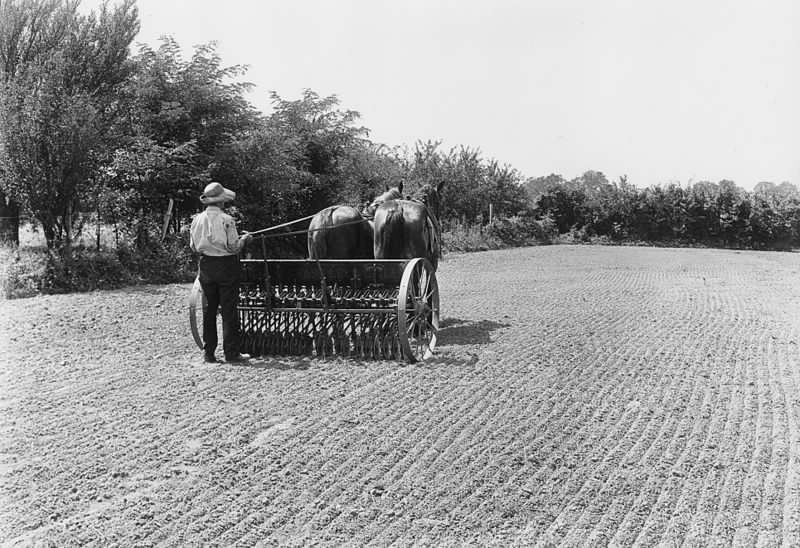
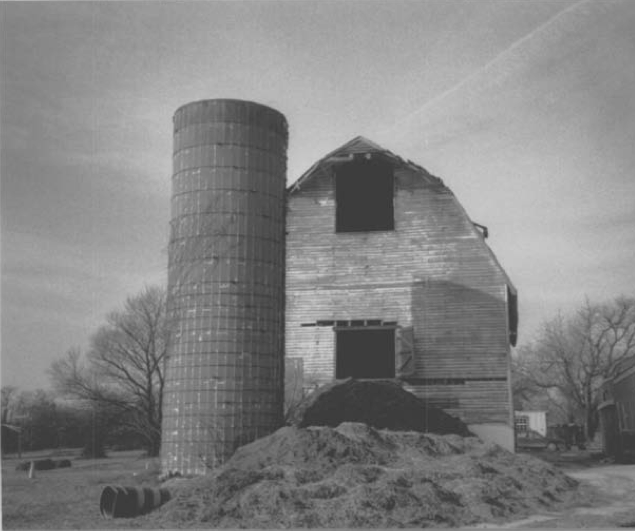
The first documented purchase of this land by settlers was in 1703. It was conveyed by the Lord Proprietor of Maryland to Mark Richardson, and was called Bear (or Bare) Bacon—reputedly because of the wild animals that roamed the area. The land apparently remained undeveloped until William H. Spencer arrived from Pennsylvania in 1848.
William, together with his wife, their five children, and other relatives and neighbors, settled in this area, which at the time was called Drayton. William Spencer purchased this property for $610, and farmed it for wheat, corn and hay. When he became Postmaster General in 1859, the area was renamed Spencerville in his honor.
By the 1890s, Spencerville had grown to be a thriving agricultural village of more than one hundred residents. County records reveal the many joys and sorrows of the Spencer family: the birth of children on this property, as well as tragic deaths and financial hardships.
In 1905, one of William Spencer’s many grandchildren sold the property to local farmer Edward Carr for $3,100. Over the years, Edward and his family added two tenant houses and numerous outbuildings, including the large white barn and milk house, built in 1910. The Carrs lived in the farmhouse for 81 years, witnessing many changes to this once rural community.
In 1986, the entire property was added to the Montgomery County Master Plan for Historic Preservation. After the property had remained vacant for almost a decade, Cedar Ridge Community Church purchased the farm from the Carr estate in December 1995.
Farmhouse Architecture
The farmhouse is a rare surviving example of a once common Georgian Revival type, symmetrical with an almost flat roof. The third story is distinctive, having half-sized windows located directly under the cornice and extending into the roofline. An illusion of added height is achieved through the incremental decrease in spacing between windows from the bottom level to the top, together with a decrease in window size. Under the house there is a full depth basement, which was rare for the time.
Also unusual for farmhouses of this period, the walls consist of boards laid diagonally in addition to horizontal siding, which would have made the frame exceptionally strong. The lack of an open-hearth fireplace and the presence of chimneys with thimbles (holes to receive stovepipes) suggest the house was heated with iron stoves. An old well may indicate early indoor plumbing.
A Center for Justice
Although there is no evidence from historical records that enslaved people worked on this property, on farms throughout Maryland enslaved Africans and their descendants were forced to labor for White settlers. In Montgomery County, of the approximately 18,000 residents in 1860, over 5,400 were enslaved. Even those who did not personally hold anyone enslaved participated in an economy based on slave labor and benefited from it generally. More on the African American experience in Montgomery County can be found here.
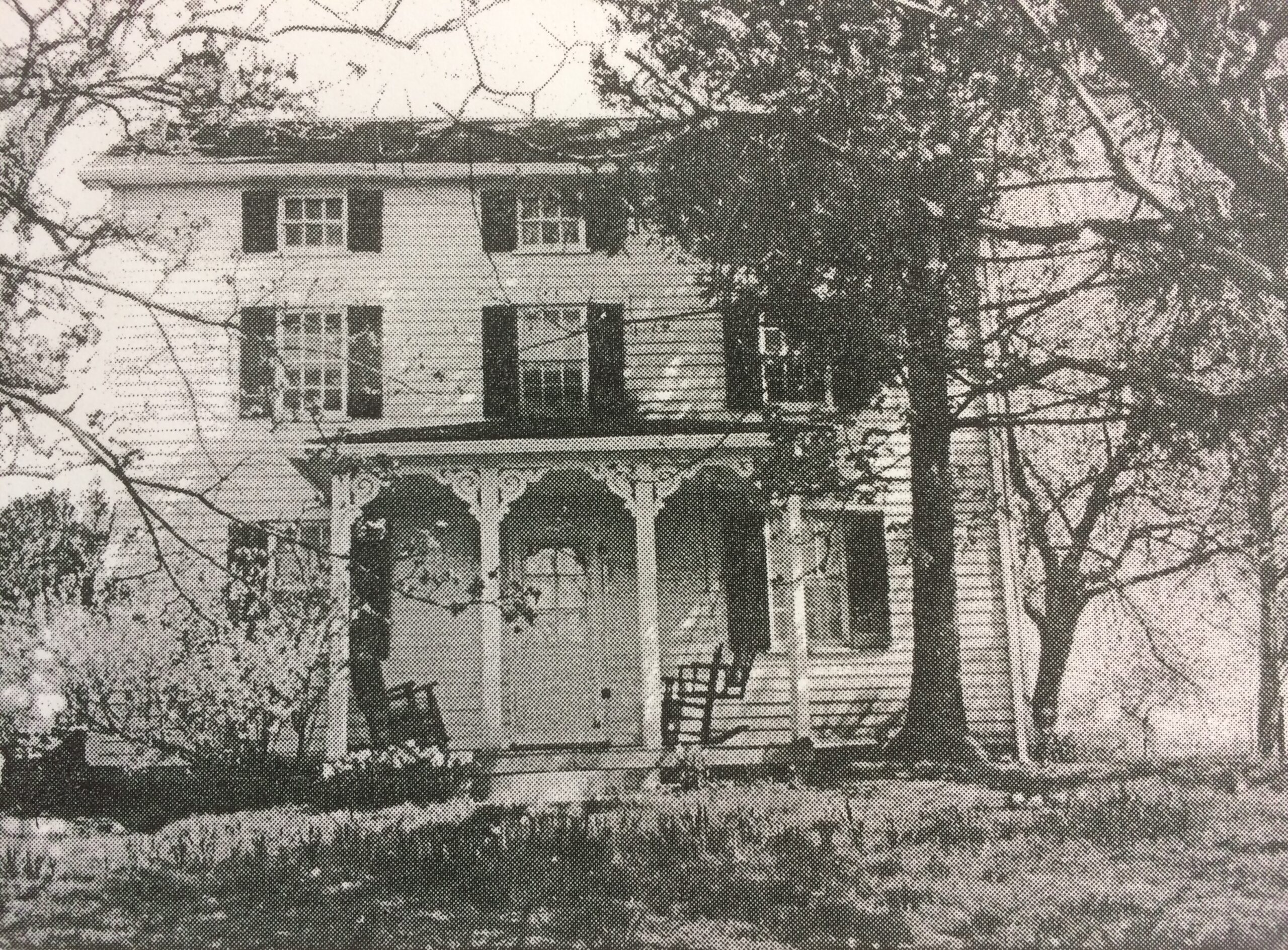
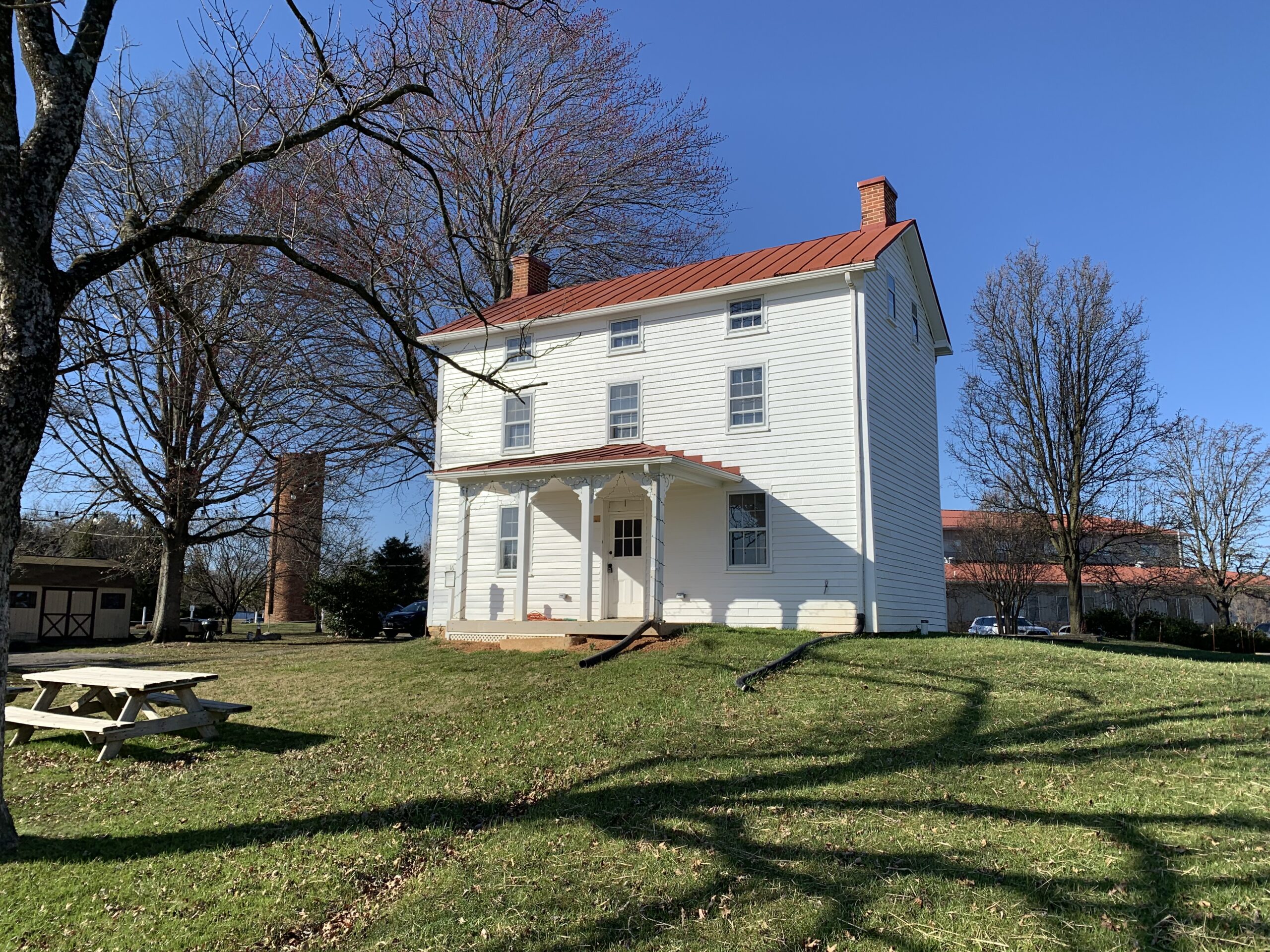
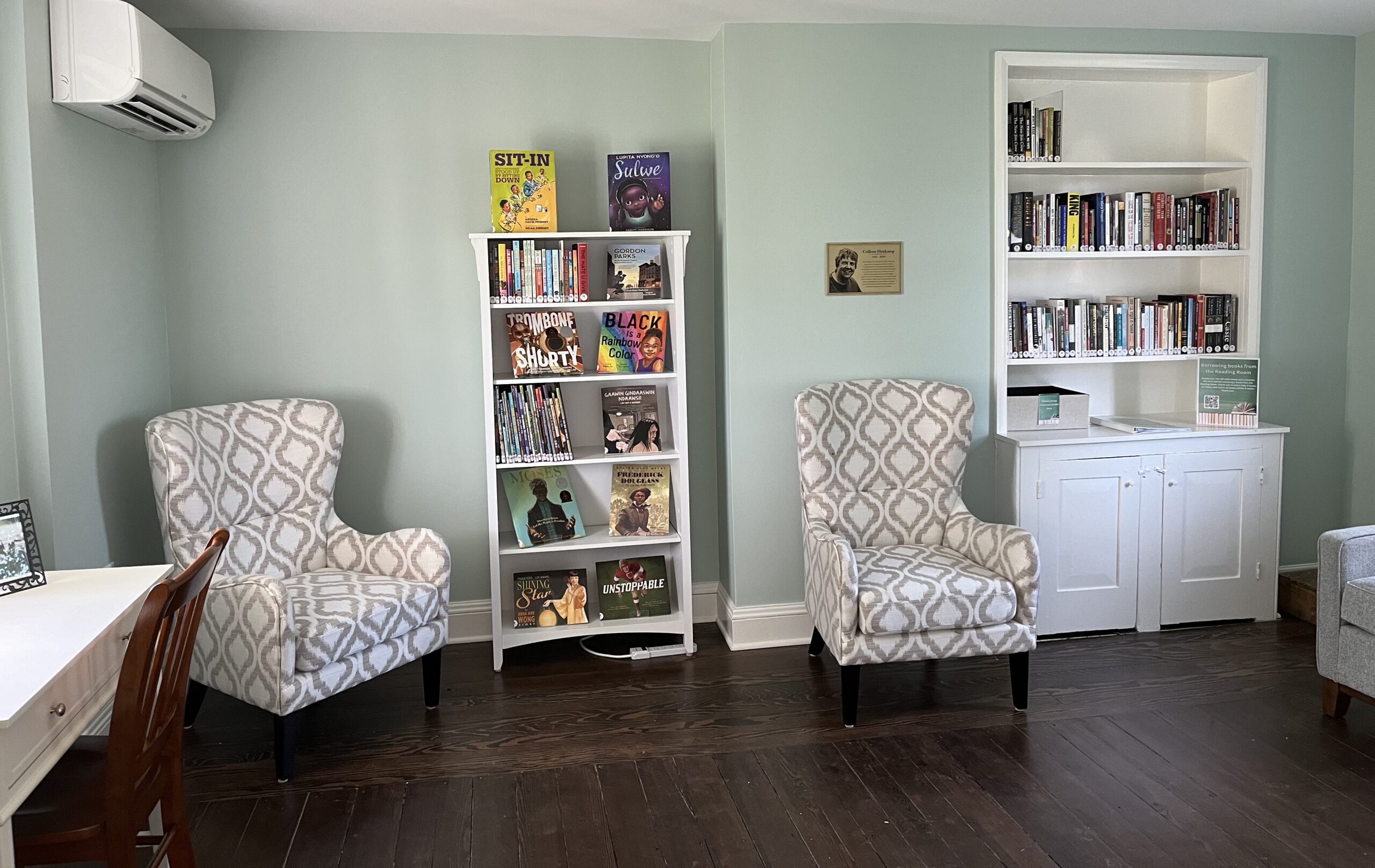
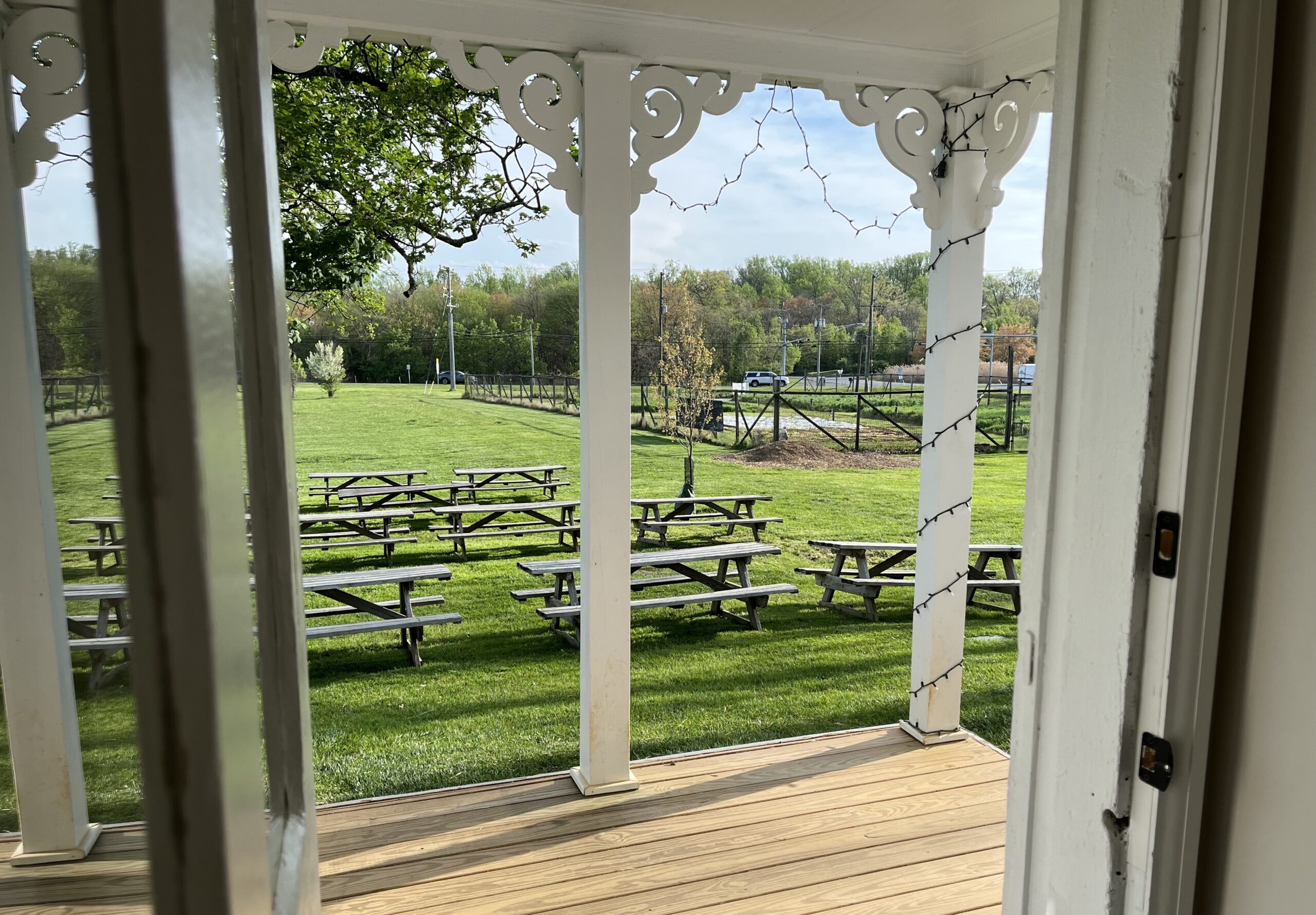
It is very important to the members of Cedar Ridge Community Church that this property be used to promote an increased understanding of this unconscionable history and its devastating consequences perpetuated to this day through systemic racism. The farmhouse therefore includes a reading room and lending library dedicated to racial justice. A list of the books currently located in the reading room can be found here.
Maryland is the wealthiest state in the US as measured by median household income, and Montgomery County is the second wealthiest county in Maryland. Yet poverty and hunger are widespread and growing problems. Food security has a racial dimension. County census data indicate Black and Latine children are three times as likely to live in families earning less than the federal poverty line.
Through the hard work of our many volunteers, and with the help of a grant from Montgomery County, we grow more than 20 different types of crops and harvest roughly two tons of produce each year on our community farm. This fresh, organically grown produce is washed and stored in the farmhouse before being distributed to local families in need through a partnership with Manna Food Center. Each year we welcome all kinds of community involvement. Find out more about our farm here.
